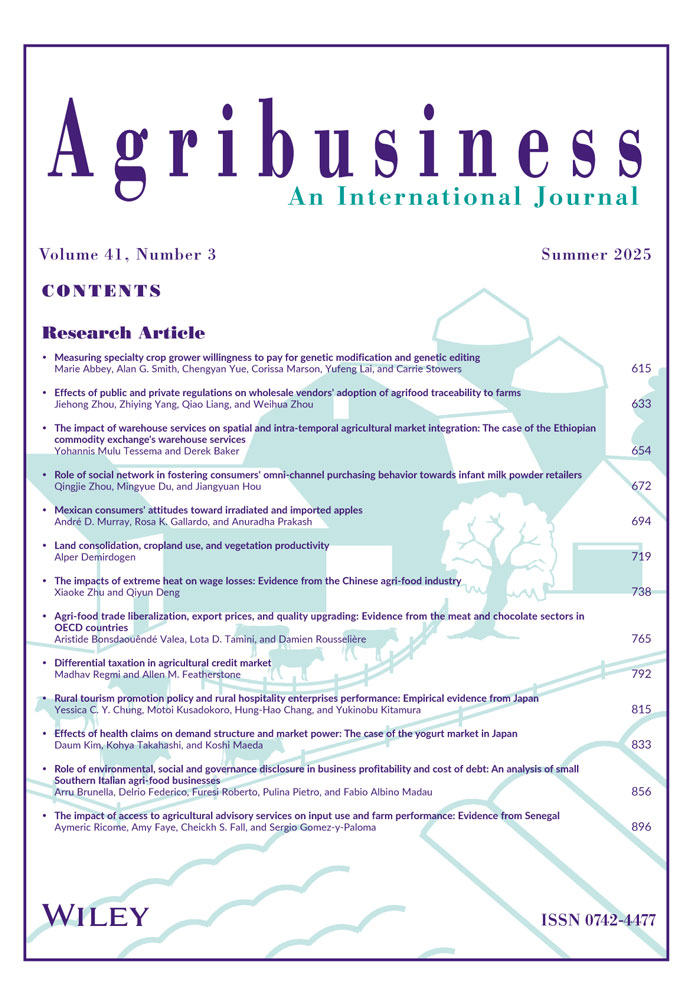USDA's trade adjustment assistance for farmers: The raspberry industry
Abstract
The Trade Adjustment Assistance Program, created in the Trade Act of 2002, authorizes temporary payments to farmers hurt by import competition. The Act requires petitioning farmers to demonstrate that prices have fallen by at least the statutory minimum proportion, and importantly, as a result of rising foreign competition. With the raspberry industry as an example, we show that credible demonstration of import harm requires an econometric model distinguishing domestic from foreign impacts on U.S. prices. We construct such a model and use it to argue that raspberry producers—and specialty crops in general—will infrequently qualify for program assistance, despite recent apparent evidence of import-induced price damage. [EconLit citations: F140, Q170, Q180]. © 2007 Wiley Periodicals, Inc. Agribusiness 23: 101–115, 2007.




